
If there If you're interested in making a weather forecast clock using a 12864 VFD, you might want to check out this article.
You can refer to this open-source project, which uses a 0.91-inch OLED 12864 module with an SSD1306 controller and an I2C interface.
The module is very compact, but it looks quite labor-intensive to work with.
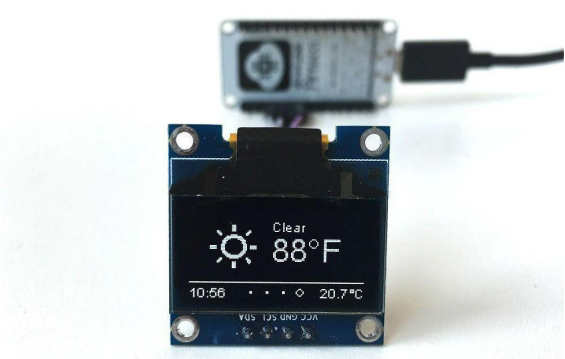
All you need to do is seamlessly replace the OLED with a VFD, and you can directly use this open-source project.
The STM32's I2C peripheral supports slave mode, so you can use it to receive I2C bus data sent from the ESP8266, internally simulate the SSD1306's address pointer, and refresh the display data on the VFD to achieve a large-screen weather forecast.
To verify feasibility in the first step, we chose the GU128X64-800B VFD, and the STM32 simulates the parallel timing using GPIO. A row of MOSFETs converts 3V to 5V levels (GU128X64 uses CMOS levels, so 3.3V is not high enough—you must add level shifting).

The ESP8266 is a surface-mount module, essentially the same as the ESP-01. Since this is experimental, you can use wire-jumping techniques.
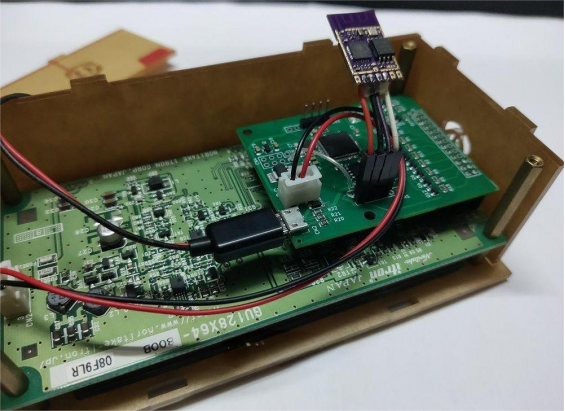
The final display content is identical to the OLED, and the animations are relatively smooth.
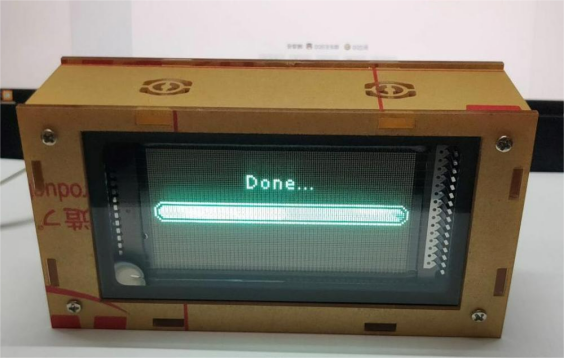
Here's the advanced version. You can use the CH32F103C8T6 (STM32-compatible but supports 5V power) to directly drive the GP1211AI (hot water heater screen glass).
The scanning timing mainly relies on SPI + DMA and timers, using very little CPU time, leaving most of the computing power for OLED emulation.
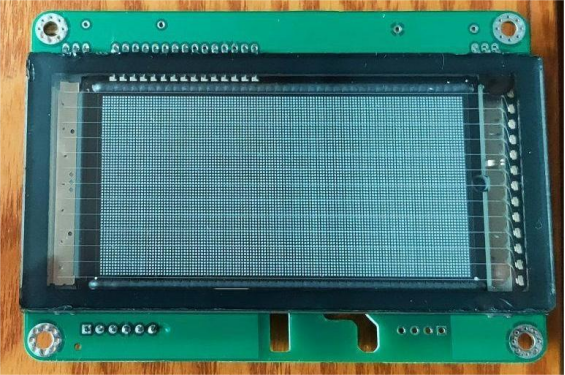
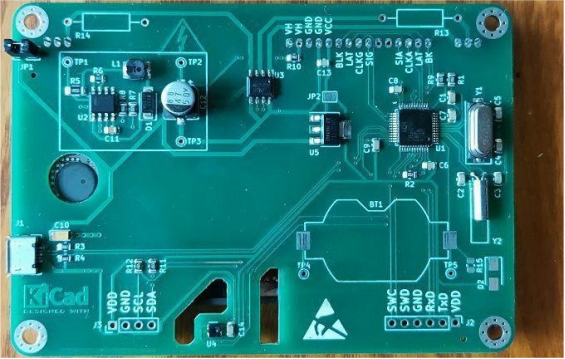
Next, you need to choose another OLED open-source project for testing. You can use this one. As shown in the image, there's a clear size comparison between the OLED and VFD.
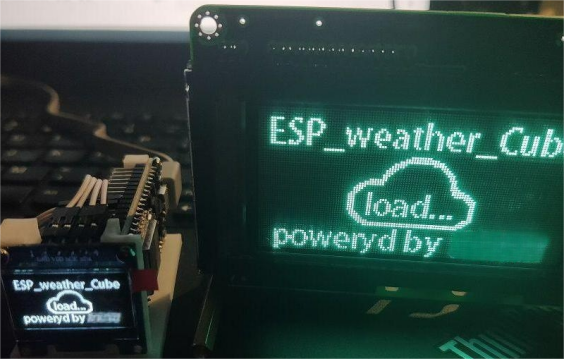
You can still play animations. You can send animation data from your computer to the ESP32 via TCP, and then refresh it to the VFD over I2C.
The End.




